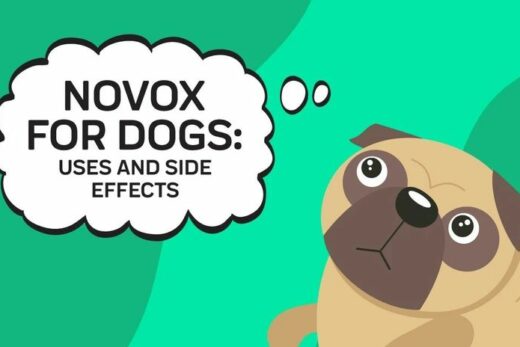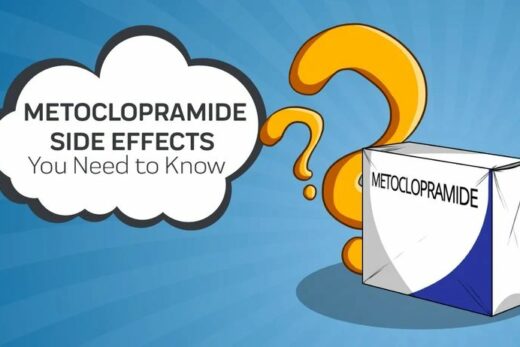Simple Supplements with a Major Impact on Joint Health
We all like to imagine our four-legged friends will always be active and playful. Unfortunately, many dogs develop joint issues that prevent them from fully enjoying the activities they once loved. Luckily, science has come to the rescue with a better understanding of how our dogs’ joints age. While there is no way to predict if your dog will struggle with joint pain, glucosamine and chondroitin for dogs can protect your dog’s joint health before problems arise.
How Do Glucosamine and Chondroitin for Dogs Help Support Joint Health?
It’s clear that glucosamine and chondroitin supplements benefit dogs with joint issues, but how do they work?
Despite the clinical nature of these substances, it’s pretty easy to understand how they help your pupper stay active and happy. Both glucosamine and chondroitin naturally occur in your dog’s body. Chondroitin is a substance found in connective joint tissue, and glucosamine is a sugar found in the fluid that surrounds joints.
There is a layer of cartilage around your dog’s joints that protects the bones and allows the joint to smoothly bend. Over time, or in the case of an injury, this cartilage breaks down, which causes friction, pain, and reduced mobility. This is where glucosamine and chondroitin can help. Chondroitin and glucosamine prevent cartilage from breaking down. They also build and repair cartilage.
Supplementing your dog’s diet with glucosamine and chondroitin boosts the body’s ability to protect the joints and provides the material to rebuild damaged areas. Additionally, glucosamine is an anti-inflammatory, which reduces swelling to ease joint pain.
What Foods Naturally Contain Glucosamine and Chondroitin?

Glucosamine and chondroitin don’t just appear in pill capsules. You can find glucosamine in shellfish like lobster and shrimp. And chondroitin can be found where you’d expect it–in the cartilage and connective tissue of other animals. A dog in the wild would have found these while scavenging along the riverbanks and by consuming the entirety of their prey. But modern dogs don’t frequent the oyster and shrimp buffet or find whole prey to chow down on. This is why you often see glucosamine, chondroitin, and other important nutrients added to high-quality dog foods or found in treats.






